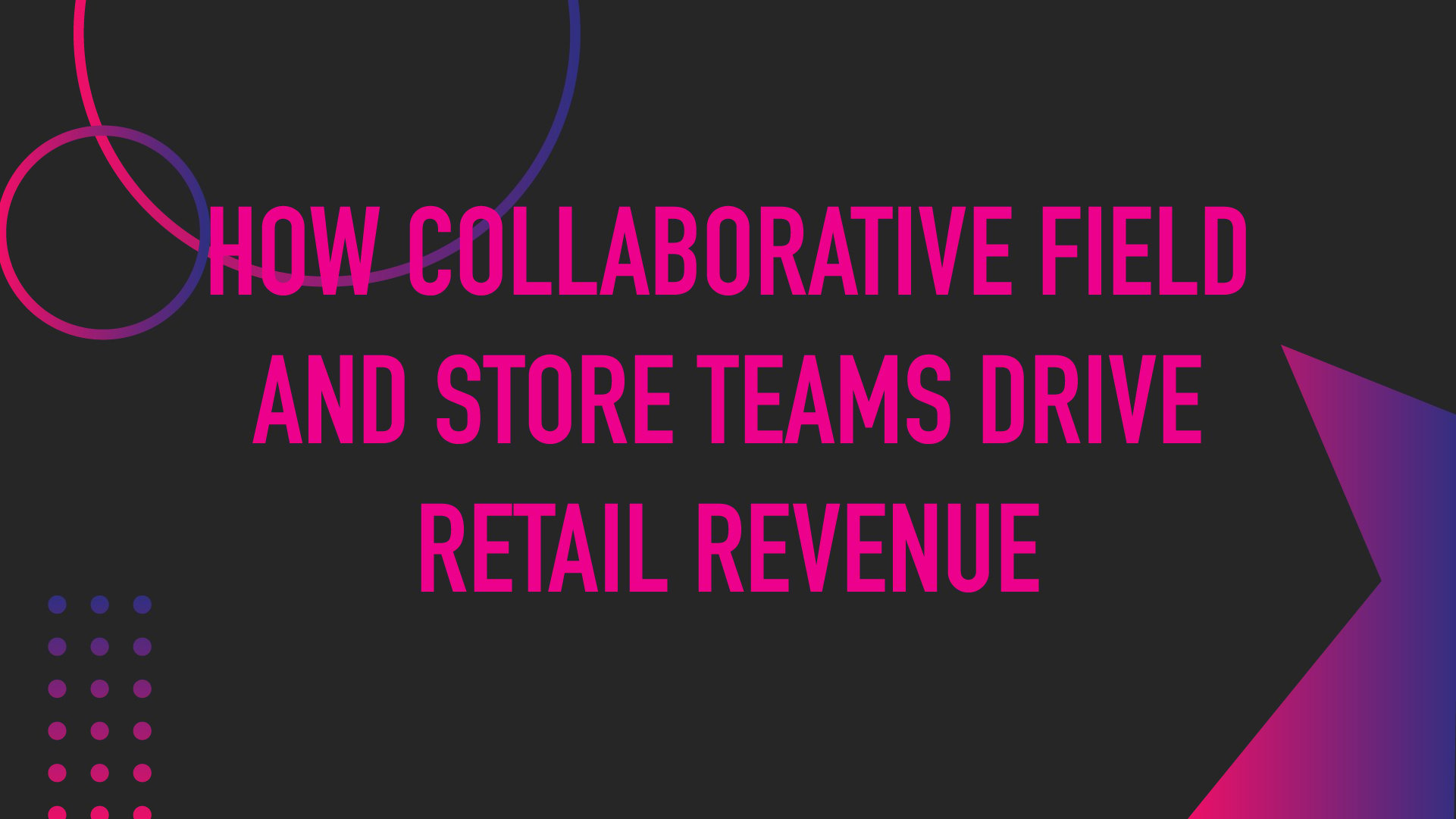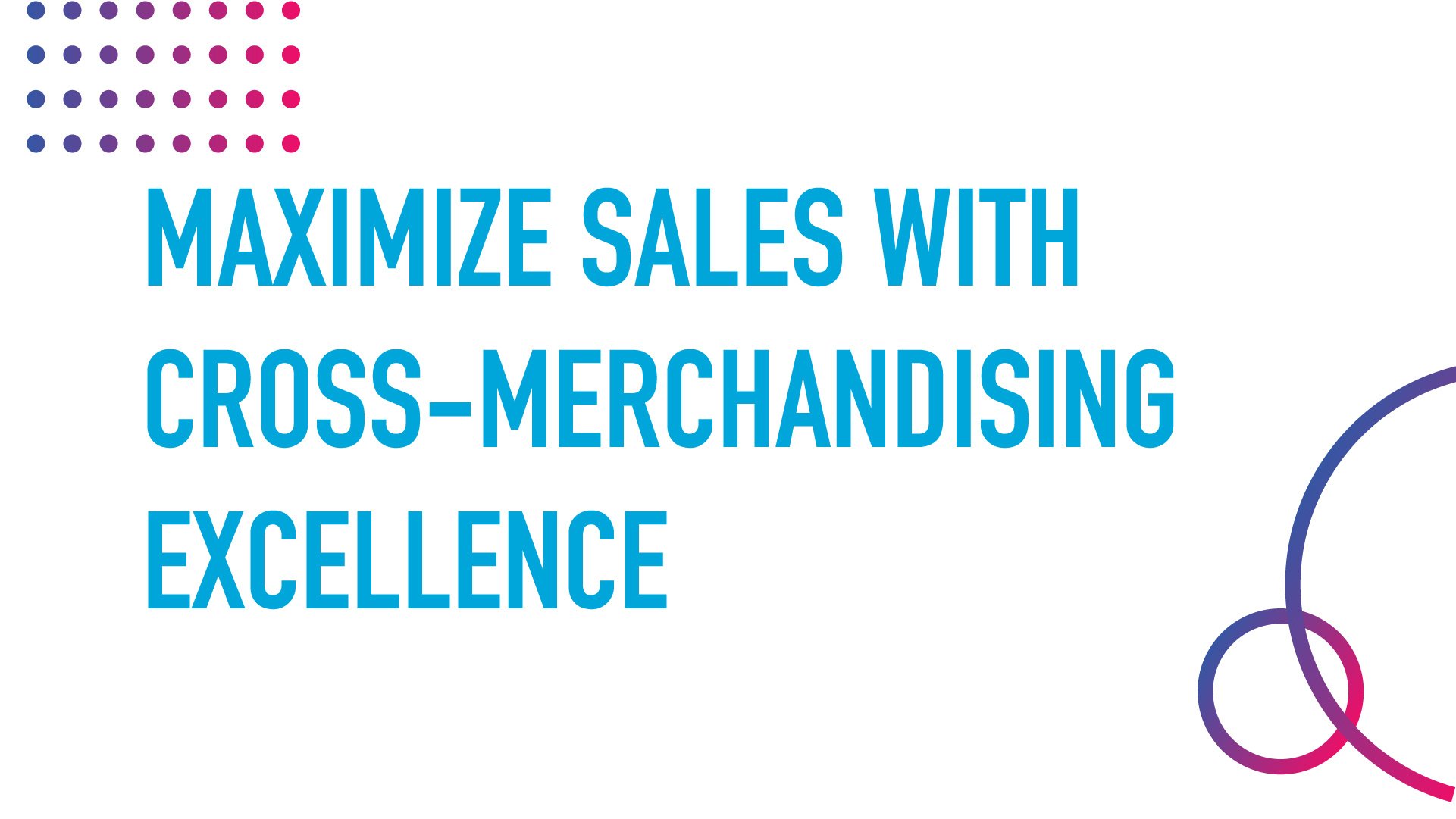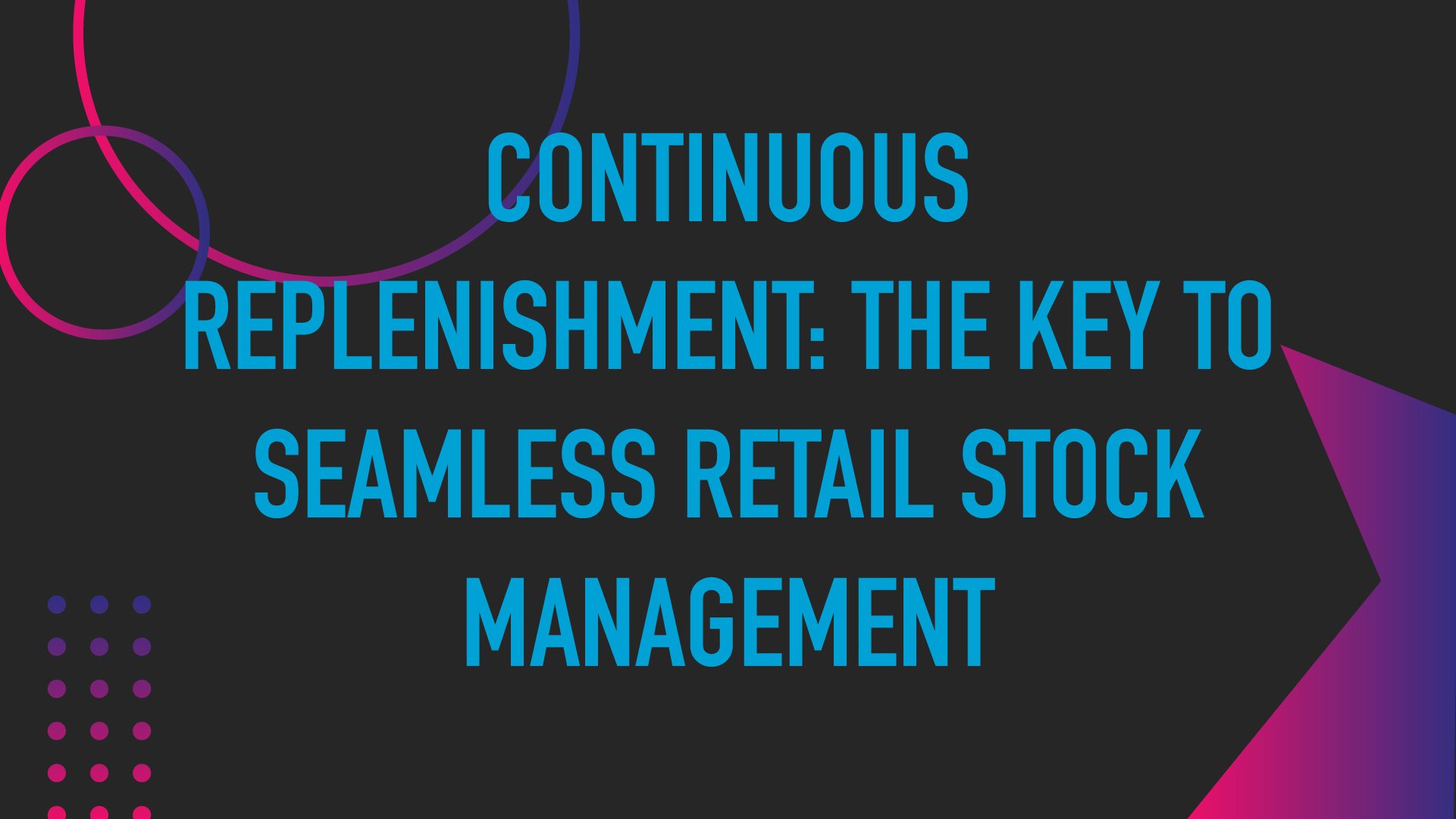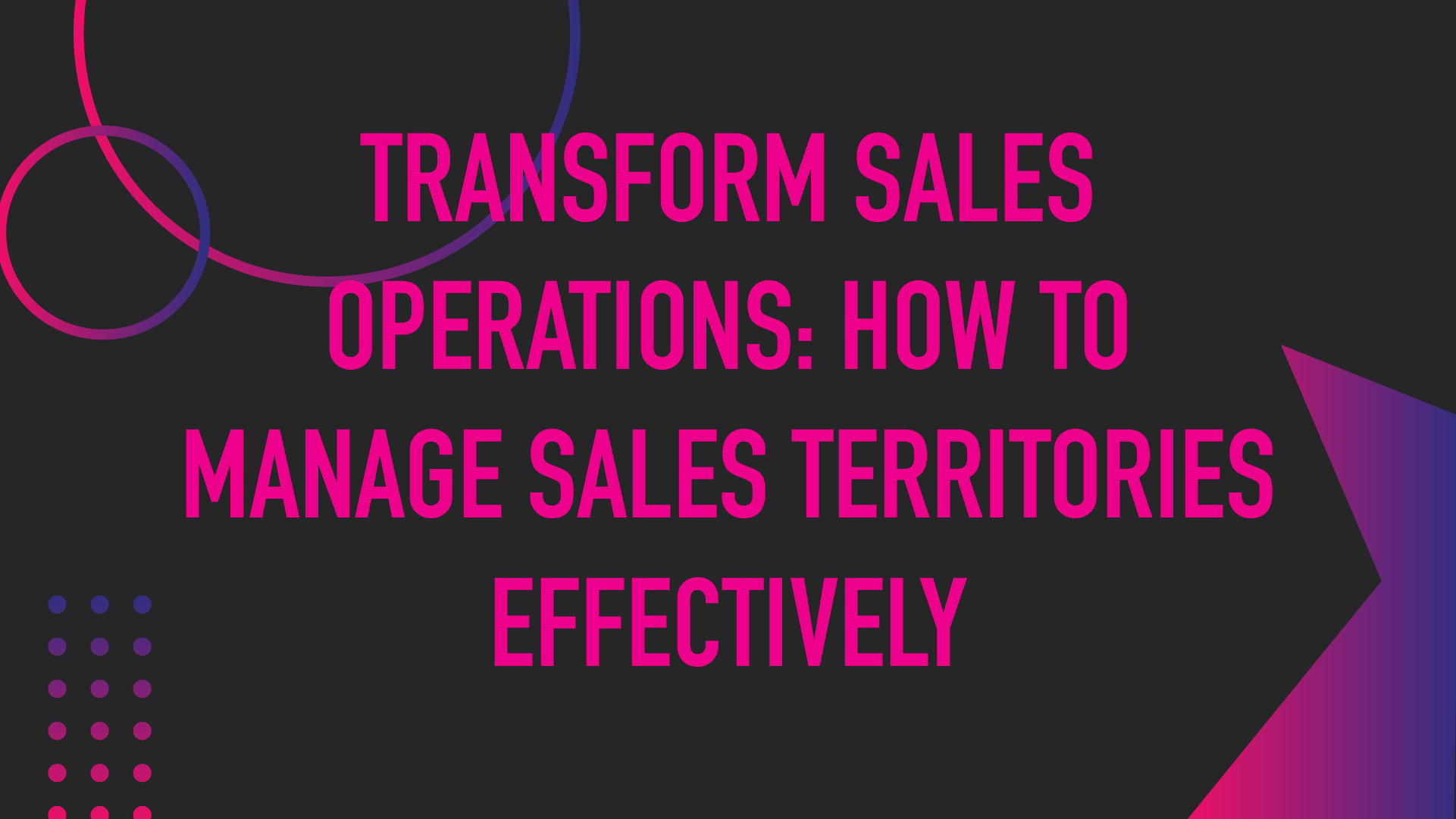Brad Lawless on the Importance of Retail Execution

Our Director of Sales Engineering, Brad Lawless, published a guest blog post on on CART's (Center for Advancing Retail) site today. You can read it here. CART is one of our partners and they connect retailers, wholesales and brands to advance the industry. At the 2019 NGA show in San Diego, Movista was a part of the CART Pavilion.
While every day brings a new article on the death of brick-and-mortar retail at the hands of its e-commerce children, rather than perish, smart retailers are evolving their approach to store operations and customer service. In a year when online holiday sales rose by 19% in 2018 vs the previous year, no one will argue the popularity of online retail. Even so, reasons beyond sheer necessity continue to drive shoppers into physical stores.
According to KPMG, “The top reason consumers prefer to shop in-store versus online is to see, feel and experience the product in person.” Additionally, Millennials highly value instant gratification. While they shop online more frequently than older generations, they are twice as likely to visit a store to get their product right away.
A study in complexity, many retail stores exist in an always-on, 24/7 world where market forces continually increase pressure on store managers to do more with fewer people, all while enhancing their customers’ in-store experience.
When experience and instant gratification become primary drivers for store visits, a simple thing like an out-of-stock or difficult-to-find product could ruin a trip and keep that shopper from ever returning. Conversely, a store that executes on retail fundamentals (stocked shelves; clean, easily navigated aisles; and knowledgeable, friendly store associates) helps to ensure that every store visit ends satisfactorily, and hopefully exceptionally.
A Day in the Life of a Mass Market Retail Store
Despite all the talk of reinventing retail, the fundamentals of the in-store experience really haven’t changed that much in the last 50 years. Products go on shelves and special displays. Customers pick up the products and pay for them at the register.
Unfortunately, the systems behind many of those fundamentals haven’t changed either. And even when they have, some advanced store systems exist in shiny technological silos where work happens but the data resulting from that work doesn’t flow easily to other areas of the store.
Let’s look at a typical retail workday for a store associate. We’ll call her Tina.
Tina clocks in using the store’s timekeeping and scheduling system. She likely used a separate application to view the video and answer questions for her mandatory training. Twenty minutes in and she has already used two separate systems.
On the store floor, a number of other systems and processes come into play based on the projects she needs to complete that day.
- When checking inventory, Tina uses a handheld scanner connected to a standalone inventory application.
- When communicating out-of-stocks, Tina files a ticket with her store manager or the supply chain group. In the worst-case scenario, she’ll send that ticket via email to the appropriate people. The best-case scenario likely involves another standalone ticketing application.
- When Tina resets her modular and builds displays, she references planograms and instructions that her manager printed from an email.
- Tina logs any cleaning she does on a paper checklist located somewhere in her department (or hanging on the back of the bathroom door).
We call this “death by disconnected systems”, and it exists in more companies and stores than it should in 2019. Born to drive retail execution, Movista has built a full-featured workforce management platform that specifically addresses the pains and opportunities faced by retailers, their suppliers and 3rd-party service providers. We save retail service teams from that slow death by replacing or integrating up to eight different systems into ONE mobile-first platform.
We know retail. Our founders cut their teeth working with and leading retail field service teams. They spent years orchestrating work in stores across the country and struggled to aggregate the data from that work into meaningful reports, or even confirm the work happened. They lived the pain and went on to create software to solve the problem.
A Day in the Life - Redux
Let’s revisit Tina’s work day, this time on the Movista platform.
Upon arriving in-store, she pulls out her smart device (Tina’s store employs a bring-your-own-device (BYOD) strategy) and clocks-in on the ONE by Movista app to start her day. The app validates her location using enhanced GPS, and she’s ready to work.
She immediately sees a list of projects to complete for the day, the first of which is the training video. She watches the video and answers all required test questions on her device.
The integration Movista provides also makes all of Tina’s other tasks easier and more efficient.
- Inventory Counts - She validates inventory levels using the integrated Item Manager module.
- Out-of-Stocks - When she encounters out-of-stocks or items with low quantities on-shelf, Tina simply orders more product straight from the app. She can also check on-hand amounts to find product that may be in the back room.
- Mod Resets - Modular reset projects start with a planogram map or instructional video embedded directly in the project tasks and directions. As she works, Tina answers questions about the product placement and signage. When she’s done, she takes a photo of the modular. Instantly uploaded to the cloud, that photo becomes part of the real-time dashboard reporting used by the corporate merchandising team to monitor implementation timelines.
- Daily Tasks - Repetitive, daily tasks such as cleaning bathrooms appear in the system as recurring projects, giving Tina the ability to log that work at any time and giving her manager the ability to monitor her store operating efficiency at a single glance.
Keeping the shelves stocked and bathrooms clean may be the most direct way a workforce management solution impacts retail, but it’s not necessarily the most valuable. In an era when “only 27% of consumers feel retailers provide a consistent customer experience across channels [while] 51% of retailers believe they succeed in this area” freeing up your employees to address customer needs and questions could drive tremendous value to your bottom line.
According to CMO.com, “When consumers engage with store associates who are passionate about the products they are selling, it makes all the difference to brand perception…Grocery stores build reputations for sustainability by employing people who can talk knowledgeably about the subject… The in-store experience gives retailers the chance to express their vision, values, and points of view.”
When you minimize the amount of time reps and store associates spend on admin tasks and speed up their time to complete projects, you create space for them to guide shoppers on their journey through the store and to become the representatives you want and need for your company.
featured content
featured content

Fresher Inventory Management through Unified Planning and Execution
The key to improving fresh food inventory management is to unify the teams & technology of central planning & store execution. Learn why in this thought leadership blog between Movista and RELEX Solutions.









